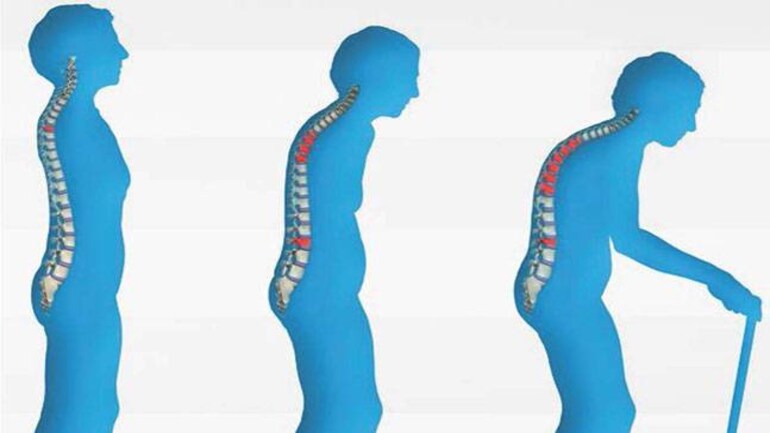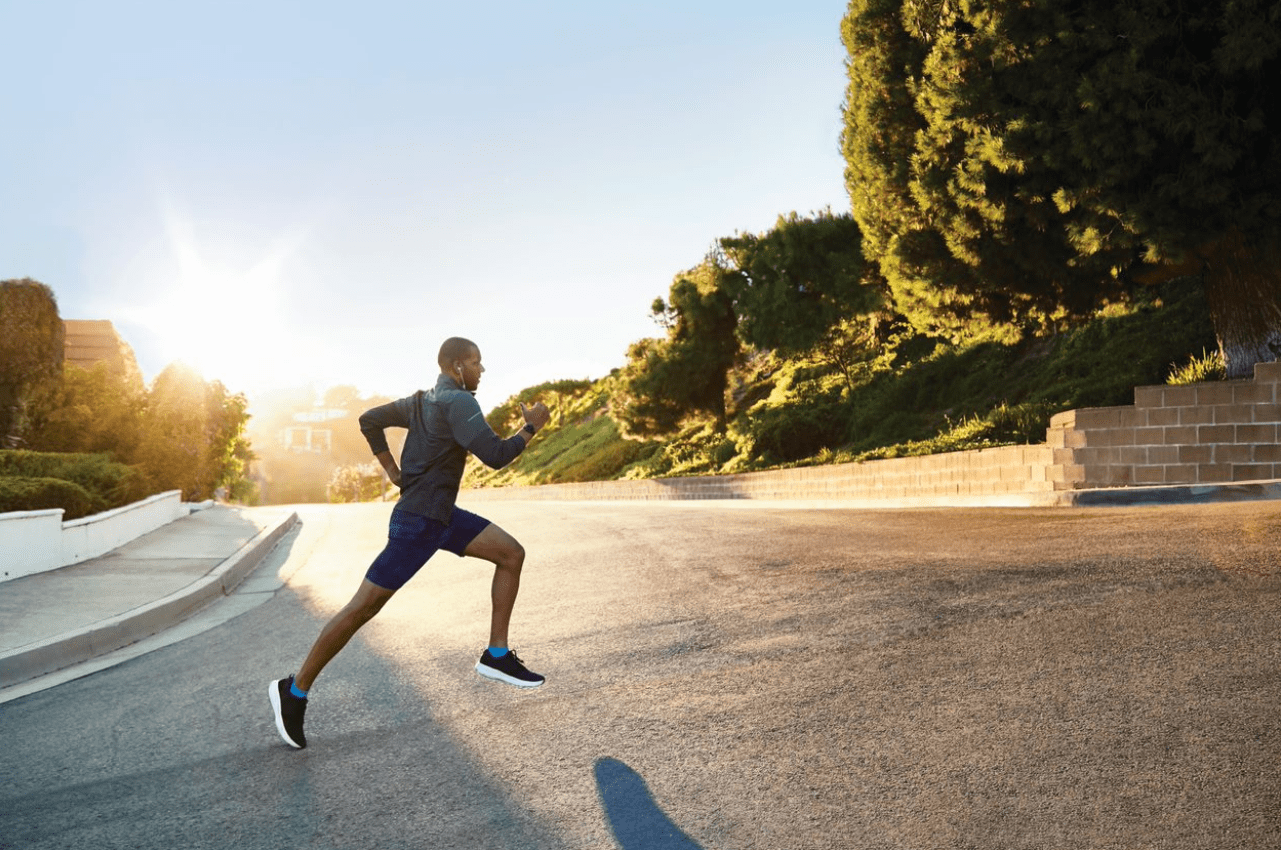
Osteoporosis is a disease of the bones. Our bones are living tissues that are constantly being broken down, absorbed, and rebuilt by our body. Osteoporosis occurs when the rate of rebuilder cells (called osteoblasts) falls far behind the cells that break down bone (called osteoclasts).

This leads to to decreased bone mass and microdamage to the bone structure. It is also known as brittle bone disease. These weakened bones are more prone to fractures. Though by itself not a deadly disease, complications from fractures, especially in the hip, are often deadly.

Surgery -
Spinal fractures (also called spinal compression fractures) that are caused by osteoporosis often require surgery. The most common surgical techniques are vertebroplasty and kyphoplasty. Both are minimally invasive procedures that use thin tubes to inject orthopedic bone cement into the affected vertebrae (back bones).
Medications -
Bisphosphonates are usually the first choice for osteoporosis treatment. These can be given as a pill or IV treatment.
Prevention of Osteoporosis -
Exercise. Weight-bearing physical activity and exercises that improve balance and posture can strengthen bones and reduce the chance of a fracture. The more active and fit you are as you age, the less likely you are to fall and break a bone.
Get out in the sun. Sun exposure helps increase vitamin D.
Good nutrition. Eat a healthy diet and make certain that you're getting enough calcium and vitamin D. Increasing vegetable sources of protein (Beans, nuts, broccoli, brussels sprouts), and reducing animal sources. Cut back on caffeine and carbonated drinks. Also make sure you're getting enough calories to maintain a healthy weight.
Quit smoking. Smoking cigarettes speeds up bone loss.
Limit alcohol. If you choose to drink alcohol, do so in moderation. For healthy women, that means up to one drink a day. For healthy men, it would be up to two drinks a day.

There is no cure for osteoporosis, but it can be paused or delayed by modifications in lifestyle, exercise, diet, medications and preventing falls. Because there's is no cure prevention of osteoporosis is preferable.
Regular exercise is essential in preventing, delaying, or pausing osteoporosis. When the muscles are stressed, this also stresses the bone. Muscles and bones like most things in our body follow the "use it or lose it" rule. If you have been diagnosed with osteoporosis, its essential to talk with your doctor about safe exercising.
There are may exercises you can choose to do, but if prevention of osteoporosis is goal, weight or resistance training should be incorporated at least a couple times a week.
Resistance exercising can be

Despite not being resistance training, other types of exercise can improve strength and balance, which will reduces falls.

These exercises should be avoided if you've been diagnosed with osteoporosis:

If your osteoporosis is severe, high-impact weight-bearing exercises may not be safe for you. Talk to your doctor about your workout routine. They may recommend that you focus on low-impact exercises that are less likely to cause fractures and still build up your bone density.
https://www.mayoclinic.org/diseases-conditions/osteoporosis/in-depth/osteoporosis-treatment/art-20046869
https://www.endocrineweb.com/conditions/osteoporosis/surgery-osteoporosis
https://www.webmd.com/osteoporosis/guide/osteoporosis-exercise
https://www.health.harvard.edu/pain/effective-exercises-for-osteoporosis
https://www.healthline.com/health/managing-osteoporosis/exercises-to-strengthen-your-bones
